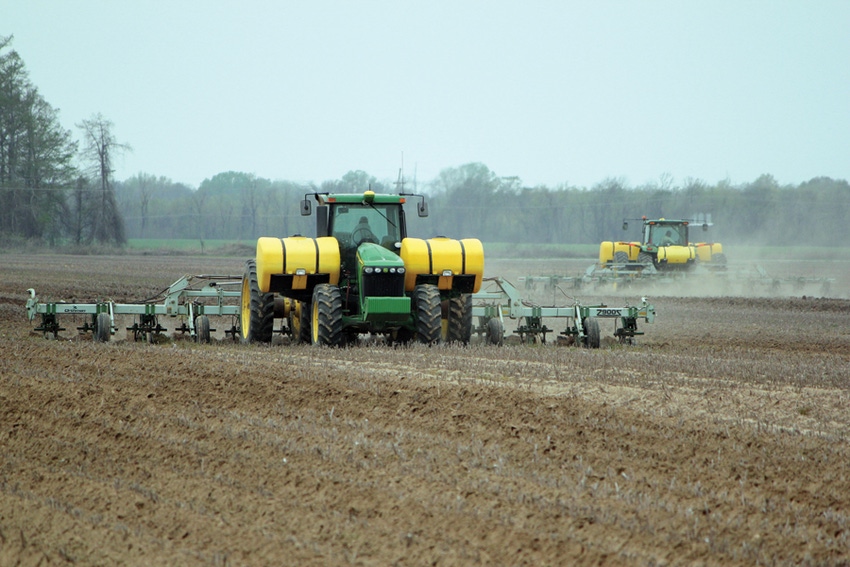September 25, 2014

The long-awaited details on the Agriculture Act of 2014 have finally arrived.
Agriculture Secretary Tom Vilsack Thursday unveiled the new farm bill’s main provisions, noting they will both help farmers better manage risk and ushering in some of the most significant reforms to U.S. farm programs in decades.
Vilsack also announced that new tools – such as the decision aid tool developed by Texas A&M University and the University of Missouri – are now available to help provide farmers the information they need to choose the new safety net program that is right for their business.
“The 2014 farm bill represented some of the largest farm policy reforms in decades,” said Vilsack. "Farming is one of the riskiest businesses in the world. These new programs help ensure that risk can be effectively managed so that families don't lose farms that have been passed down through generations because of events beyond their control.
“But unlike the old direct payment program, which paid farmers in good years and bad, these new initiatives are based on market forces and include county – and individual – coverage options. These reforms provide a much more rational approach to helping farmers manage risk."
The new programs, Agricultural Risk Coverage (ARC) and Price Loss Coverage (PLC), are cornerstones of the commodity farm safety net programs in the 2014 farm bill, legislation that ended direct payments. Both programs offer farmers protection when market forces cause substantial drops in crop prices and/or revenues. Producers will have through early spring of 2015 to select which program works best for their businesses.
To help farmers choose between ARC and PLC, USDA helped create online tools that allow farmers to enter information about their operation and see projections about what each program will mean for them under possible future scenarios. The new tools are now available at www.fsa.usda.gov/arc-plc. USDA provided $3 million to the Agricultural and Food Policy Center (AFPC) at Texas A&M and the Food and Agricultural Policy Research Institute (FAPRI) at the University of Missouri (co-leads for the National Association of Agricultural and Food Policy), along with the University of Illinois (lead for the National Coalition for Producer Education) to develop the new programs.
USDA resources
"We're committed to giving farmers as much information as we can so they can make an informed decision between these programs," said Vilsack. "These resources will help farm owners and producers boil the information down, understand what their options are, and ultimately make the best decision on which choice is right for them. We are very grateful to our partners for their phenomenal work in developing these new tools within a very short time frame."
Starting Monday (Sept. 29), farm owners may begin visiting their local Farm Service Agency (FSA) offices if they want to update their yield history and/or reallocate base acres, the first step before choosing which new program best serves their risk management needs. Letters sent this summer enabled farm owners and producers to analyze their crop planting history in order to decide whether to keep their base acres or reallocate them according to recent plantings.
The next step in USDA's safety net implementation is scheduled for this winter when all producers on a farm begin making their election, which will remain in effect for 2014-2018 crop years between the options offered by ARC and PLC.
Today's announcement was made possible through the 2014 farm bill, which builds on historic economic gains in rural America over the past five years, while achieving meaningful reform and billions of dollars in savings for the taxpayer. Since enactment, USDA has made significant progress to implement each provision of this critical legislation, including providing disaster relief to farmers and ranchers; strengthening risk management tools; expanding access to rural credit; funding critical research; establishing innovative public-private conservation partnerships; developing new markets for rural-made products; and investing in infrastructure, housing and community facilities to help improve quality of life in rural America. For more information, visit www.usda.gov/farmbill.
About the Author(s)
You May Also Like






